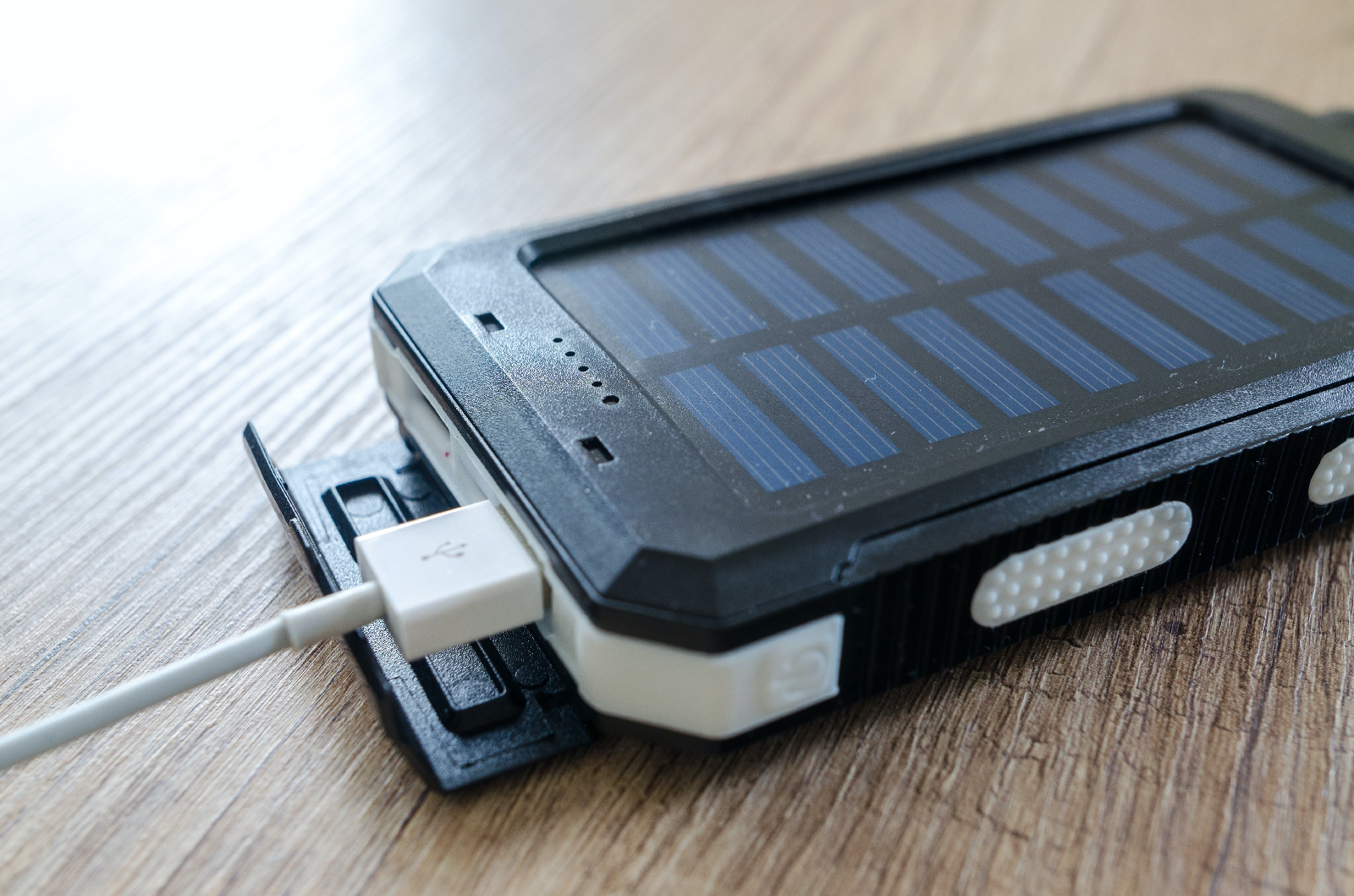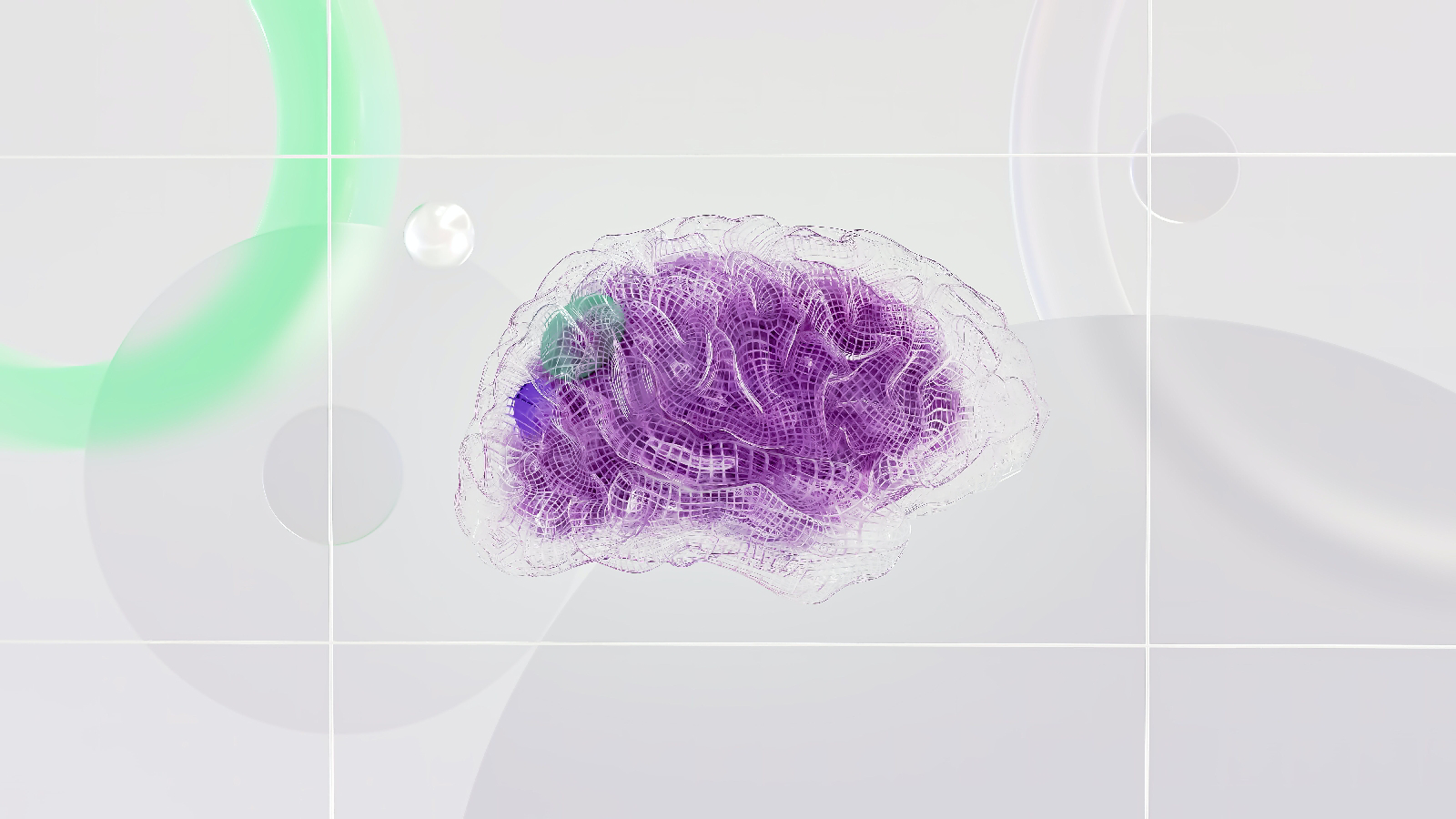Hydroponics: Revolutionizing Urban Farming with Soil-less Cultivation

Urban Farming's Evolution Urbanization has spurred the need for innovative agricultural practices, leading to the emergence of hydroponics—a transformative method of cultivating crops without soil. This blog delves into the revolutionary concept of hydroponics and its impact on urban farming. Understanding Hydroponics Hydroponics involves growing plants in a nutrient-rich water solution, enabling root development without soil. This method utilizes various systems—such as the nutrient film technique (NFT), deep water culture (DWC), and aeroponics—to provide essential nutrients directly to plant roots. Advantages Over Traditional Farming Hydroponics offers numerous advantages, including optimized resource utilization, higher crop yields, and reduced water consumption compared to conventional soil-based farming. Its controlled environment minimizes pests and diseases, leading to healthier crops. Economic and Environmental Implications The scalability of hydroponic systems ...
























